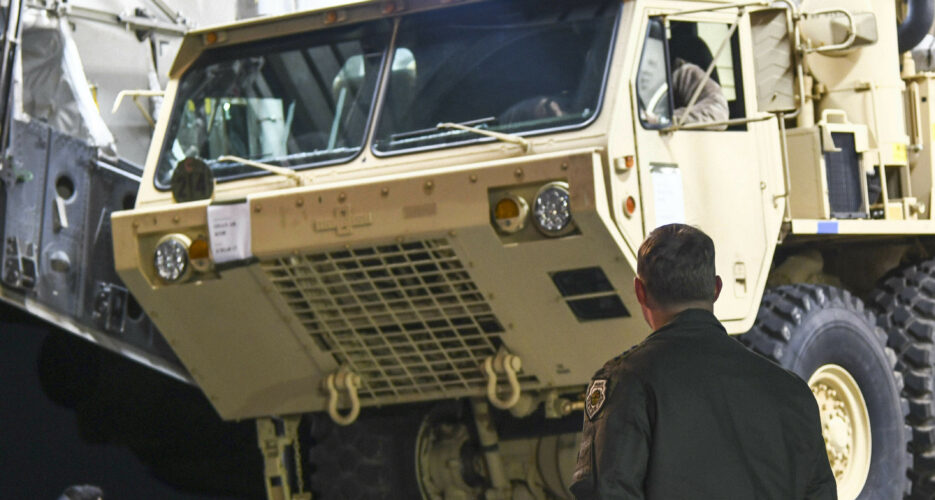The U.S.-made THAAD (Terminal High Altitude Area Defense) system is now operational and capable of intercepting North Korean missiles, Washington and Seoul announced on Tuesday.
However, the system will most likely need a few additional touches to be integrated with the intelligence satellite, a missile expert told NK News.
The U.S.-made THAAD (Terminal High Altitude Area Defense) system is now operational and capable of intercepting North Korean missiles, Washington and Seoul announced on Tuesday.
However, the system will most likely need a few additional touches to be integrated with the intelligence satellite, a missile expert told NK News.
Become a member for less than $4 per week.
Unlimited access to all of NK News: reporting, investigations, analysis
The NK News Daily Update, an email newsletter to keep you in the loop
Searchable archive of all content, photo galleries, special columns
Contact NK News reporters with tips or requests for reporting
Get unlimited access to all NK News content, including original reporting, investigations, and analyses by our team of DPRK experts.
Subscribe now
All major cards accepted. No commitments – you can cancel any time.
